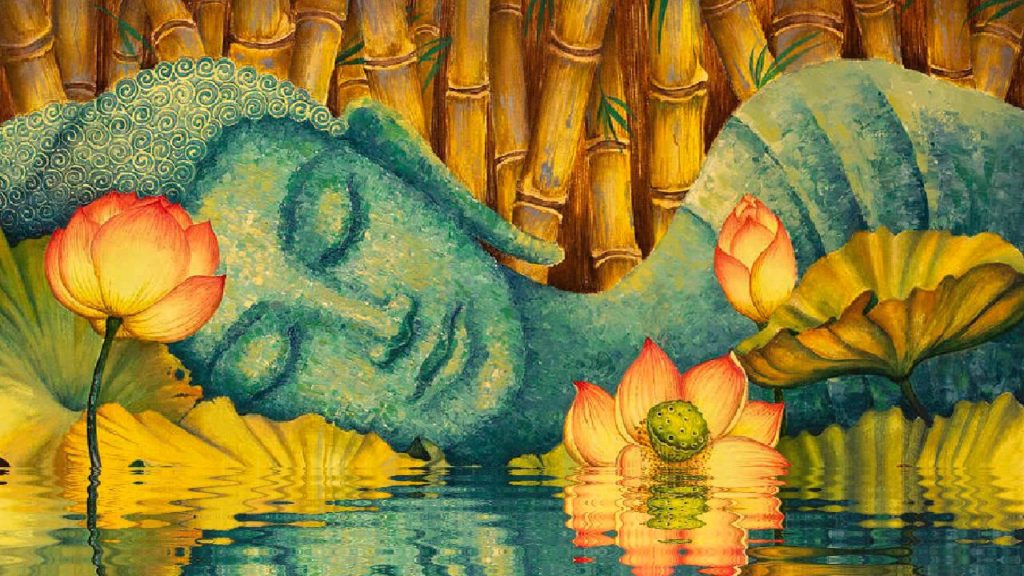
The Modern Buddhism and Its Followers in Orissa (Book Review)
Nagendranath Vasu authored this book and it was published in the year 1911. Its preface is written by Haraprasad Shastri who wrote extensively on Buddhism in that era. We find references of Shastri’s books in Babasaheb’s Revolution and Counter-Revolution in India. Indian history is the conflict between Buddhism and Brahmanism. This is proved again by Vasu in his work on Modern Buddhism in Orissa. The book is a difficult read as it was written 100 years back. But it sheds lights on many important facts.
Buddhism did not die out in Orissa and it continued to survive till Modern times. In Orissa, there is a district called “Bauddha” itself even today. Under the Pala dynasty, Buddhism was flourishing all over Orissa and Pala kings continued to support Buddhism and also the missions abroad maintaining close contacts with the Buddhists in the Himalayan region. P.L. Narasu referred to one incidence in his history of caste that Bhima Boi led agitation to claim that the Jagganath Temple was actually the Buddhist temple.
Lord Jagganath is, in reality, the Lord Buddha. The police opened fire in this agitation leading to violence. It is remarkable to see how “revolution” and “counterrevolution” was continuously taking place in India. Though it is said that we live in the age of “Counterrevolution” where the revolution started by the Buddha is finished, books like this bring to our notice that the revolutionary spirit never died away in India. In this regards, Babasaheb Ambedkar can also be considered as a revolutionary who rekindled the old struggle between the two world views: Buddhism and Brahmanism.
The revolution and counterrevolution took place on the societal level, but it also took place on the philosophical level and at the textual level. If one reads any modern books on so-called Hinduism, they have borrowed heavily from Buddhism. In fact, Hinduism as such did not exist in historic times. What existed was the Brahmanism and Buddhism, and when Brahmanism copied and incorporated Buddhism, we get the messy Hinduism. It is difficult to pin down what makes a Hindu a Hindu. But because of the historic propaganda, the identity of Hindu is solidified. For example, the Gita tried to copy many philosophical insights of Buddhism and it is clearly evident in its philosophical content. Krishna declares himself as “Shunya” in Gita, the affirmation of the core insight of the Buddha that nothing exists on its own, but comes into play due to arising of many conditions.
In Orissa, we can find many such cases of borrowing from Buddhism. The Brahminical propaganda that Shankara destroyed Buddhism is baseless as Buddhism continued to grow in Orissa and Bengal and was strong till the 16th century. However, Buddhism also went through many variations due to the varying demands of society. What we conceive as Buddhism today is not one tradition, but several traditions and India was home to many variations of Buddhism since the time of the Buddha himself.
In the Pali texts, we can find that different people emphasised different teachings of the Buddha leading to different surface forms that we now see developed into hundreds of forms. The law of change is also applicable to Buddhism. It can not remain stationary. The Buddhists tried very hard to concretise the teachings of the Buddha through images, symbols, and concepts. At times creating confusion that the Muslims invaders saw Buddhism as the faith in the idols. How do we conceive the abstract truth of Anatta? The Buddhist created “Nairatmya” Goddess. How do we conceive the immeasurable qualities of the Buddha? The Buddhists created symbolic Mandala of Five Buddhas and cluster of qualities around each Buddha. The Buddhist iconography also captures the revolution and counterrevolution in several images, for example, Trailokya Vijay, shows that Buddhist deities are trampling on the Brahminical Gods and Goddesses.
From the history of religions in India, it is interesting to see how words like Nirvana and Vaikunth were the same words. Vaikunth is conceived as a spiritual space by all the saints from all over India. The words used to describe the Buddhist spiritual experiences are borrowed by the Brahminical Hinduism. The work proves beyond doubt that saint tradition throughout India was majorly influenced by Buddhism. The Nath tradition that emerged in India and Nepal was rooted in Buddhism.
Buddhism was seen as an alternative to Brahmanised Hinduism by the non-Brahmin revolutionaries throughout India. They found in Buddhism their own indigenous tradition which was in accordance with democracy and science. Therefore, the resurgence of Buddhism in India is as important as fostering democratic spirit, for the battle in India led by Babasaheb Ambedkar, is not for wealth, and not for power, but it is for the reclamation of human personality and hence for Babasaheb Ambedkar, the battle was deep down spiritual and existential.
Buddhism which uplifts and celebrates human reclamation and human enlightenment and Brahmanism that degrades human beings and pushes them further in the dungeons are two world views to be chosen from for the modern Indians. The clash between the two is clearly thrown light upon in the book written by Vasu leading up to Modern times. In modern times, we must capture the historic threads and weave them into an emancipatory ideology for all.
Author – Mangesh Dahiwale, Human Rights Activist



Very interesting and informative article